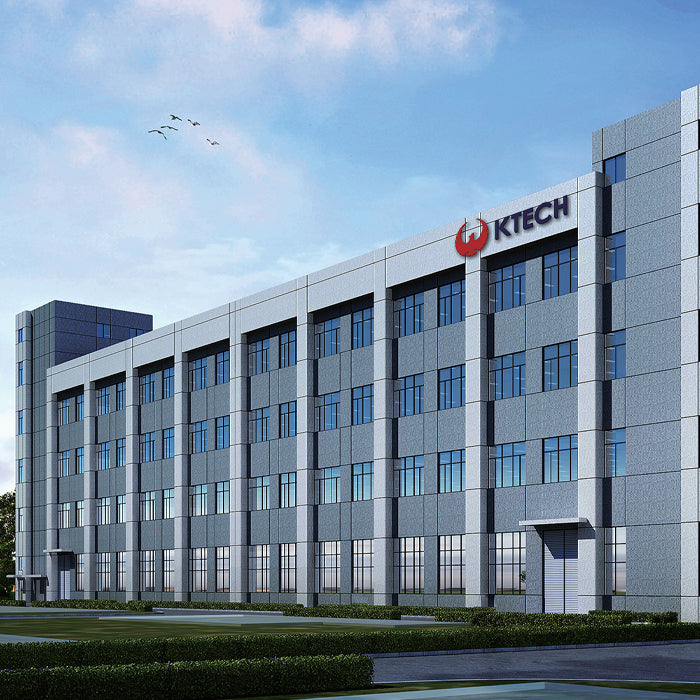Analysis of Cutting-Edge Energy Gateway Technology
Analysis of Cutting-Edge Energy Gateway Technology
Energy Gateway as the Core Hub of the Intelligent Home Energy Management System (IHEMS).The energy gateway acts as a bridge between the physical hardware of the home and the software control center, responsible for data collection, transmission, and preliminary processing. To ensure efficient, secure, and real-time data transmission, the energy gateway integrates various cutting-edge technologies, ensuring the system's stability and intelligence.
IoT as the Foundation of the Energy Gateway
The Internet of Things (IoT) technology is fundamental to the energy gateway, ensuring seamless connectivity and communication between various smart devices and sensors within the home.
Edge Computing for Localized Data Processing
Edge computing empowers the energy gateway with the ability to process data locally rather than relying entirely on the cloud. This technology greatly improves response speed, reduces network bandwidth requirements, and enhances system reliability.
Low-Power Wide-Area Network (LPWAN) Technologies
Energy gateways typically adopt LPWAN technologies such as LoRa or NB-IoT. These technologies are suitable for long-term, low- power connections in multiple smart devices within the home, especially in environments with sensors or low-power smart devices.
Security as a Priority for Data Transmission
As the data channel between the home and the cloud platform, the security of the energy gateway is paramount. The latest cybersecurity technologies ensure the privacy and security of data during transmission. The energy gateway employs advanced encryption technologies (such as AES-256, TLS/SSL protocols) to safeguard data transmission, preventing data from being intercepted or tampered with during the process. Multi-factor authentication mechanisms ensure that only authorized devices and users can access the energy gateway and the system, protecting against malicious attacks. Intrusion detection technologies are integrated, enabling real time detection of potential network security threats and implementing defense measures.
Multi-Device Data Collection and Consistency
The gateway collects data from different hardware devices (such as electric meters, temperature sensors, load sensors, etc.), using algorithms to merge the data, ensuring output information is consistent and highly accurate. By integrating multiple data sources, the energy gateway can detect potential system faults in real-time and use predictive algorithms to provide early warnings, reducing energy loss.
Self-Healing Network Technology
The energy gateway can utilize self-healing network technology, rerouting data through multiple paths to ensure that even if some devices fail, data can still be transmitted to the control center or the cloud through alternative routes. In case of network disruption, the energy gateway can autonomously restore connectivity, ensuring high system availability.

High-Precision Time Synchronization
In a complex energy management system, time precision is critical, especially when real-time energy consumption data needs to be analyzed and decisions made. The energy gateway uses high-precision time synchronization technologies (such as Network Time Protocol - NTP or GPS clocks) to ensure that all data is time-consistent.
As a key component of IHEMS, the energy gateway integrates various cutting-edge technologies, such as IoT, edge computing, cybersecurity, and data processing. It not only achieves efficient data collection and transmission between devices but also enhances system response speed and reliability through local computing and intelligent processing technologies. Through these advanced technologies, the energy gateway plays a crucial role in intelligent home energy management systems, ensuring users can enjoy efficient, secure, and intelligent energy management experiences.


